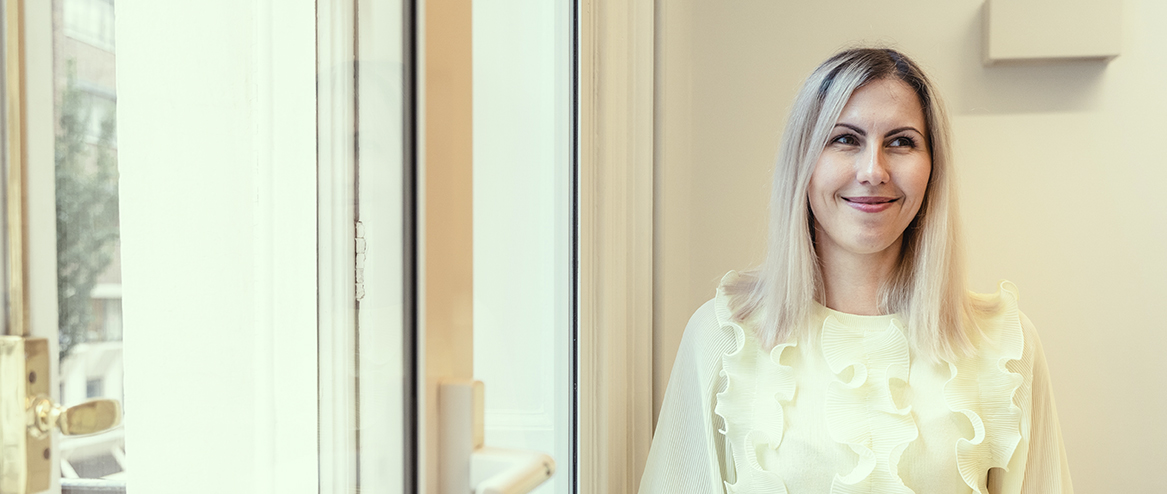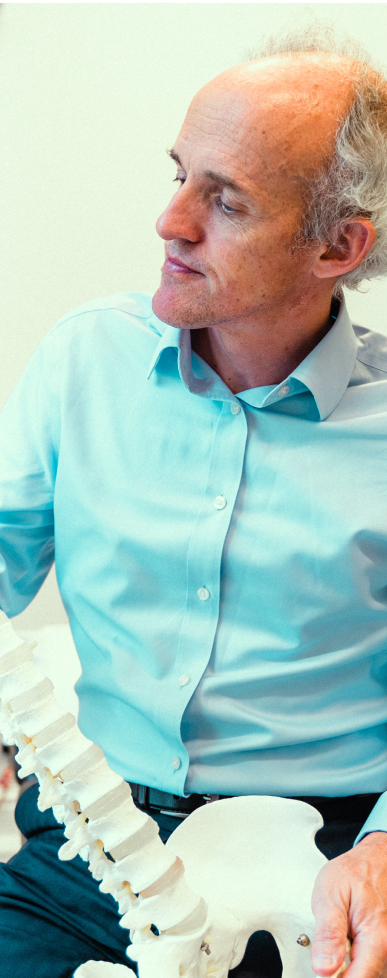Patient Stories
These are real stories from our patients describing their journey from having a problem to reaching a diagnosis and having successful treatment. Only the names are changed for privacy.
Perhaps you have a similar problem.
Fully Recovered
‘I just wanted to take this opportunity to thank you for your fantastic work in stabilising my slipped disc.…
Edward
Verified by
Back on
course
‘The result of your back operation has been a great success and has certainly been put to the test…
John
Verified by
Happy again!
‘I wanted to take this opportunity to say how much I have enjoyed working with your team. It has…
Chris
Verified by
Fracture
What Fracture?
‘I could barely stand or walk due to the pain…it wasn’t a pulled muscle…my back was broken! Almost immediately…
Aida
Verified by
Play it again..!
‘I was wondering if you could do me a favour and let the team know that I am well…
Sarah
Verified by
I love my fusion
‘Just a note to thank you so so much for sorting my back out. You have indeed done a…
David
Verified by
Care and attention
‘Just a quick note to thank you for all the care and attention you have shown since I first…
Rachel
Verified by
The devil’s in the detail
‘Thank you for all your detailed reports on my aged lumbar spine. I have now decided to go ahead…
Peter
Verified by

FREE 15 minute consultation
If you’re not sure then book a FREE 15 minute telephone consultation with one of our spine consultants, or just call us with any questions you may have
